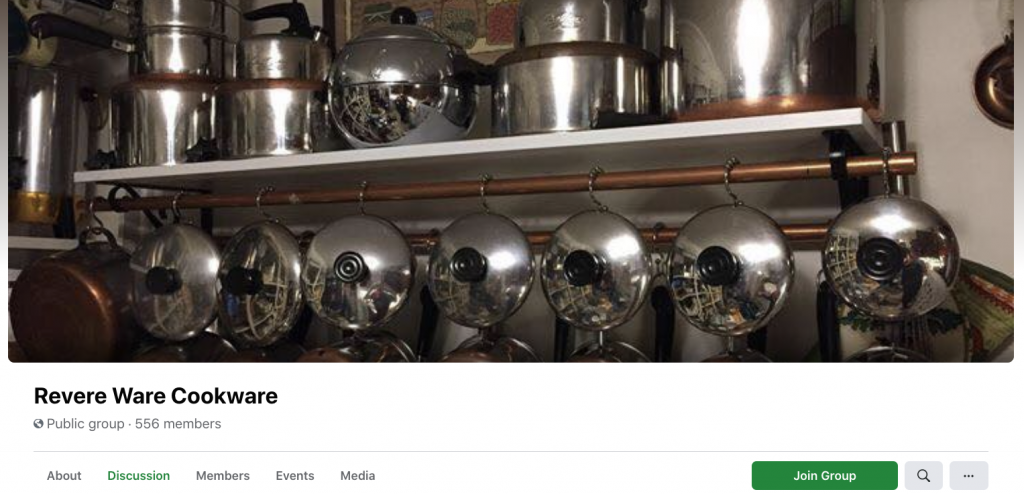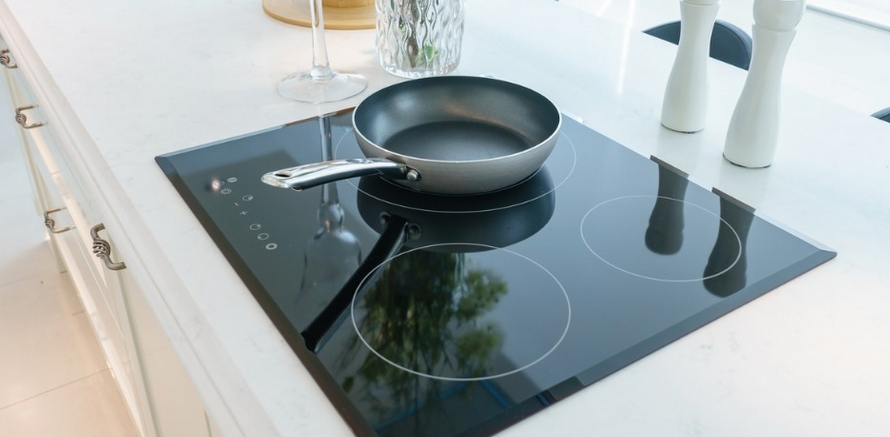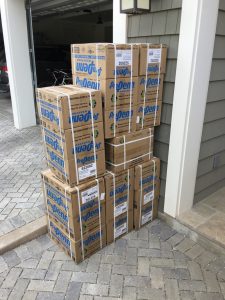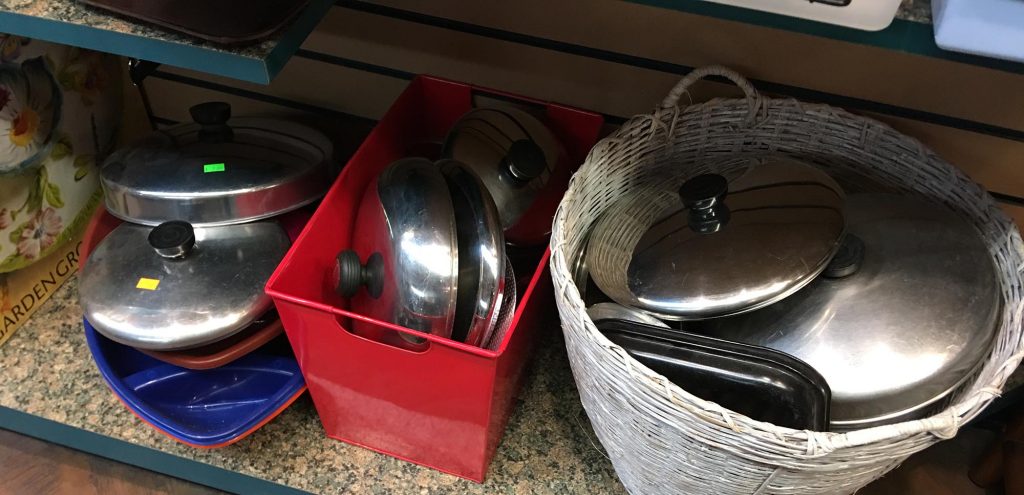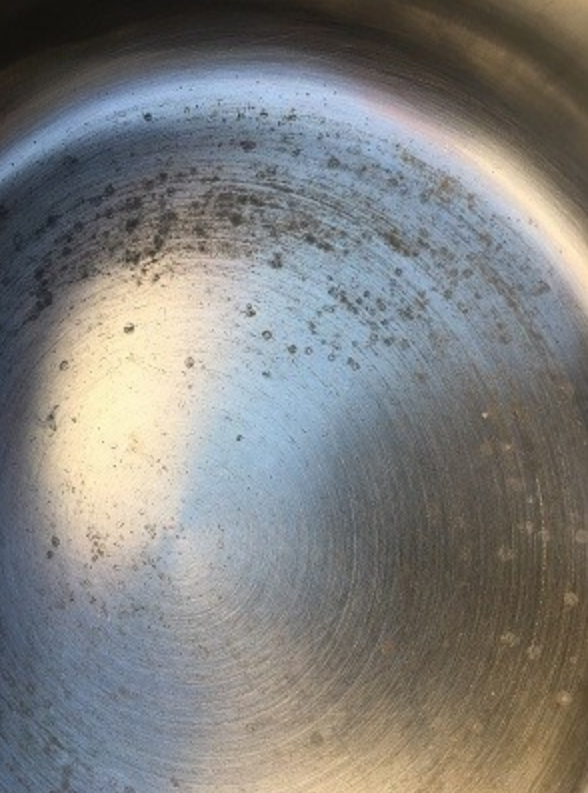Lately we’ve gotten a number of inquiries about parts for Rena Ware. Some people seem to assume that it is the same as Revere Ware, and perhaps this is one reason for the high number of returns we experience on Amazon.com. Despite the similar sounding name, and the fact that some of the pieces do look similar, they are two different brands and the parts for one are generally not interchangeable with parts for the other.
Here are typical post-1968 Revere Ware 6 quart pots, copper bottom and tri-ply.
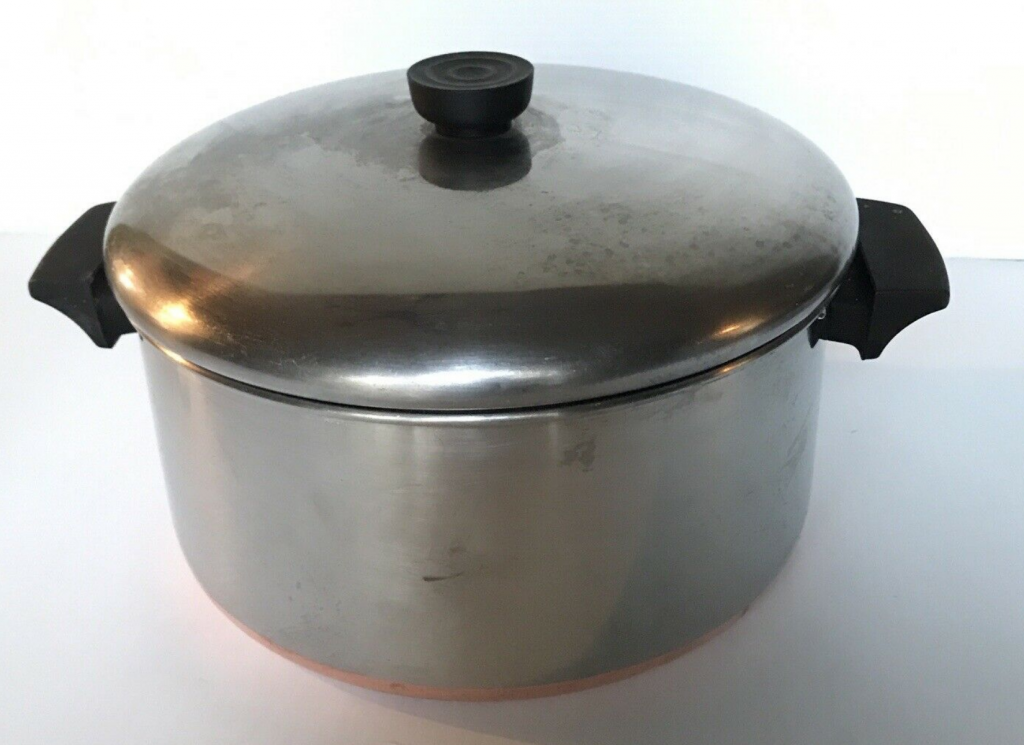
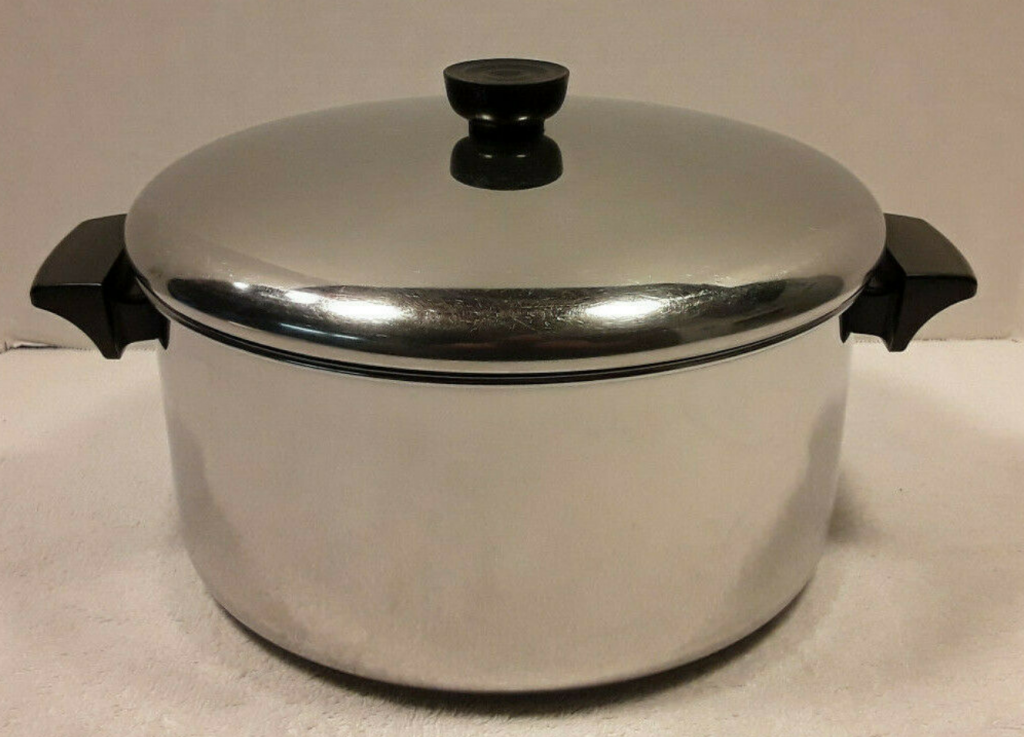
Here is a similar pot from Rena Ware.
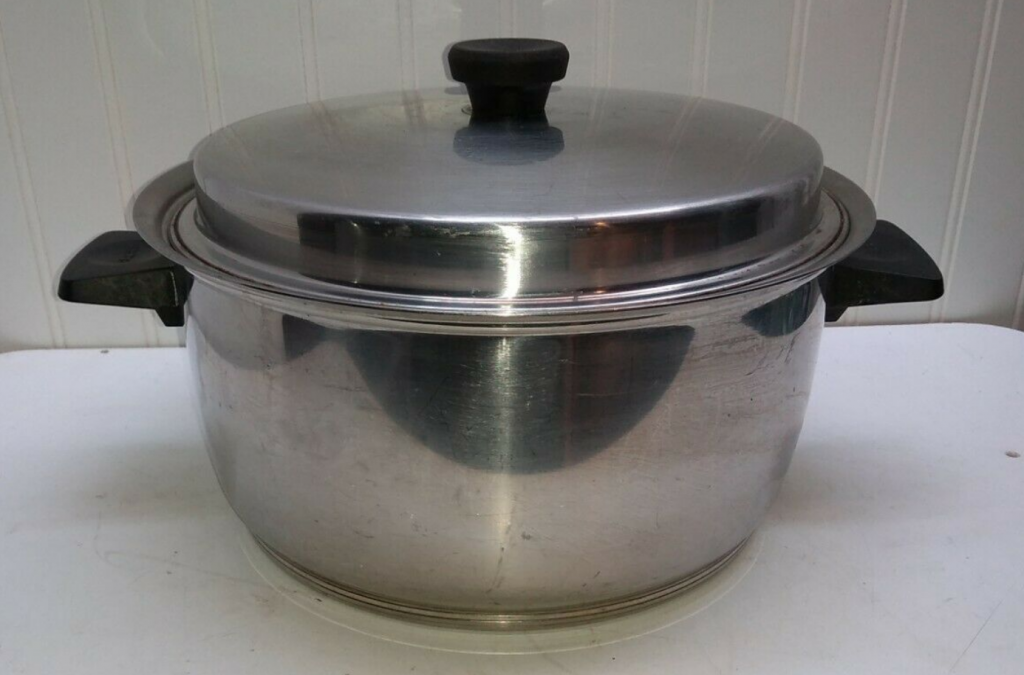
Clearly there are similarities, but a number of stylistic differences. Google doesn’t help the confusion either.
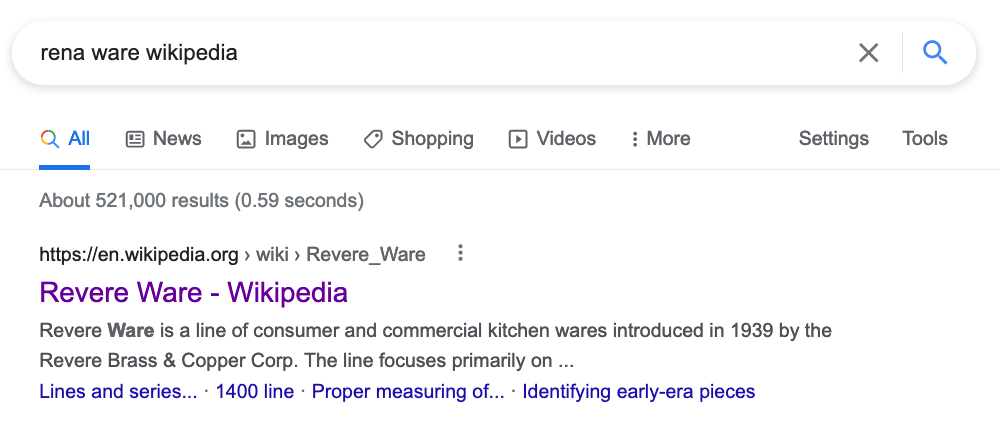
I don’t have a lot of information about Rena Ware; here is what I’ve been able to findNOT.
- The company was founded in 1941 by Fred Zylstra and was focused on waterless cooking. It seems to be privately owned by one of his descendants now.
- It is still in business today (renaware.com), and seems to have a tie to multi-level marketing. I get the impression it isn’t a huge operation, but they do have offices in quite a few countries. They seem to have a larger presence from Mexico through South America. Dunn & Bradstreet shows that they have about $50 million in annual revenue.
- There are about 190 pieces available on eBay compared to 15,000 Revere Ware pieces, so this brand was / is much smaller than Revere Ware ever was.
- According to the Wikipedia article on Oneida:
In 1983, the company acquired Rena-Ware, a Bellevue-based kitchenware manufacturer with a majority international operations. Oneida sold Rena-ware three years later
Hopefully this post makes its way up in the Google results for Rena Ware so people can see clearly that Rena Ware is not Revere Ware, and there will be less confusion around replacement parts.



